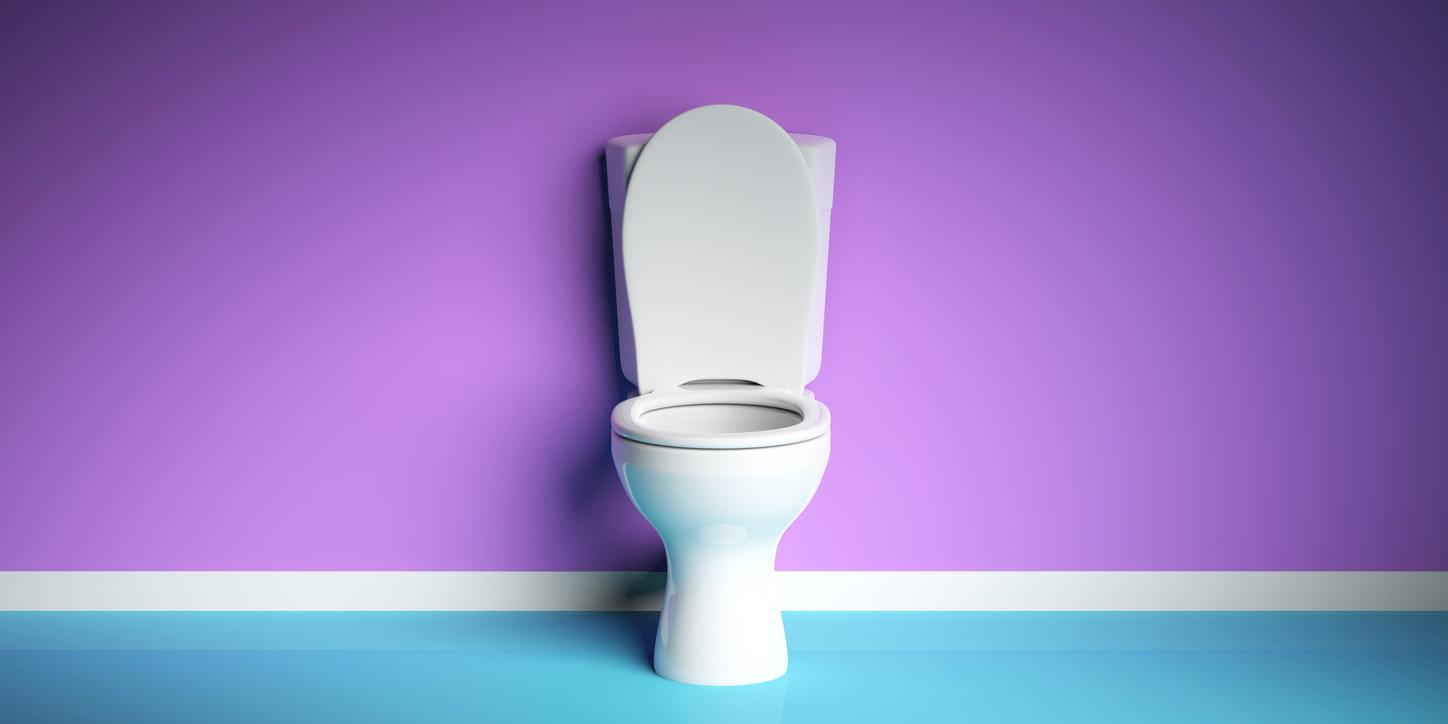A new study challenges the idea that closing the toilet lid prevents the spread of viruses when flushing.

- Closing the toilet lid before flushing does not reduce the spread of virus particles, a new study suggests.
- On the other hand, the use of disinfectant is effective against the spread of viruses.
- The results were similar in domestic and public toilets.
Scientists have demonstrated for several years that flushing toilets spreads pathogens expelled into the bowl by a person in poor health. Previous work showed that closing the lid helped stop viruses. However, a new study, led by the University of Arizona and research firm Reckitt Benckiser, challenges this idea.
WC: closing the lid does not prevent the spread of viruses
To determine whether toilet lids stopped the spread of pathogens, researchers conducted an experiment in domestic and public toilets. They seeded the waters with different doses of non-pathogenic viruses then flushed the toilet with or without the lid. They then collected samples of the water from the bowl as well as the toilet surfaces, floor and walls.
The results, presented in the journal American Journal of Infection Control (AJIC), showed that there was no statistical difference in the amount of virus collected on toilet surfaces or the nearby floor, whether the toilet was flushed with the lid up or down. Viral contamination of the room walls was minimal in both cases. The toilet seat was found to be the most contaminated surface. These similar contamination patterns have been observed in public restrooms.

Toilets: disinfection is the most effective tool against pathogens
The scientists also wanted to assess the effectiveness of cleaning in reducing viral contamination. Samples were collected from the toilet bowl brush and its holder. Results showed that cleaning with just the brush left substantial contamination. In contrast, cleaning toilets with disinfectant and a brush significantly reduced the amount of virus found. So, for researchers, adding disinfectant to the toilet bowl before flushing or using disinfectant dispensers in the toilet tank are two effective ways to reduce contamination from flushing toilets.
“In healthcare settings, any potential means of pathogen transmission must be addressed to keep all of our patients – including the most vulnerable, such as those who are immunocompromised – as healthy as possible”says Dr. Charles P. Gerba of the University of Arizona and lead author in a communicated. “With results showing that closing toilet lids has no significant impact on preventing the spread of viral particles, our study highlights the importance of regular toilet disinfection to reduce contamination and prevent the spread of viruses. virus.“
And this discovery is not only useful for health professionals, it can also be useful for the general public. “When a member of a household is ill, such as from an infection causing gastroenteritis, regularly incorporating a disinfectant during cleaning or before flushing the toilet can help reduce spread of infection to other members of the household”assure the authors.















